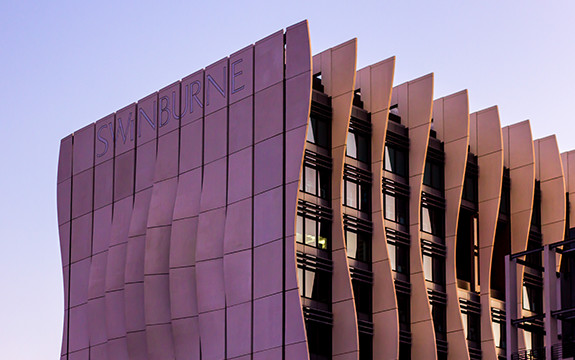Most accurate recreation of the Universe created

In Summary
The most accurate recreation of the Universe has been released today in top scientific journal Nature, by a team led by Massachusetts Institute of Technology physicist Mark Vogelsberger.
Using advanced astrophysics software running on a powerful supercomputer the team tracked the growth of the Universe from the Big Bang to present day, finding galaxies similar to our own Milky Way and its neighbours.
Swinburne University of Technology astronomer Dr Alan Duffy says this research demonstrates that our basic picture of a Universe dominated by dark matter, which binds galaxies together, and dark energy, which pushes galaxies away from each other, is correct.
“The simulation tracked a volume of the universe 300 million light years across and found it accurately described almost everything we see around us, from the size and types of galaxies to the number of stars and amounts of gas they contain.
“Where others simulations have failed, and suggested the basic picture of our Universe was wrong, this success demonstrates we just needed to ramp up the computer resources and better model the physics, or ‘recipe’, involved in making a galaxy.
“The team took three months of supercomputer time, running over 8000 processors at once, to do this. If you only had a single laptop you would have had to start running it during the Roman Empire, as it would have taken 2000 years.
“From work like this we know that the galaxies we see are bright islands, linked together by filaments or strands of dark matter, along which the galaxies are strung like dew on a spider’s web. It’s an incredible notion that 95 per cent of our Universe is fundamentally invisible to us, yet these simulations show that such a Universe is necessary to recreate the galaxies we can see around us,” Dr Duffy said.
“Even in a simulation this large, the team haven’t had enough resources to track some of the smallest objects in the Universe, instead they focussed on galaxies like our Milky Way and enormous clusters of galaxies, thousands of times bigger than us. Other research groups create smaller parts of the Universe in greater detail to ultimately join up to these larger simulated regions of the Universe.
“It’s at the interface between real observations and simulations like the one released today that we can really test the physics involved in creating galaxies. You hope that you see something that doesn’t fit, or look like an object in the real Universe, as this tells you where exciting new physics may be missing from your simulation.”
Images and video of the research published in Nature release can be found here.
For more information follow @astroduff on Twitter.

